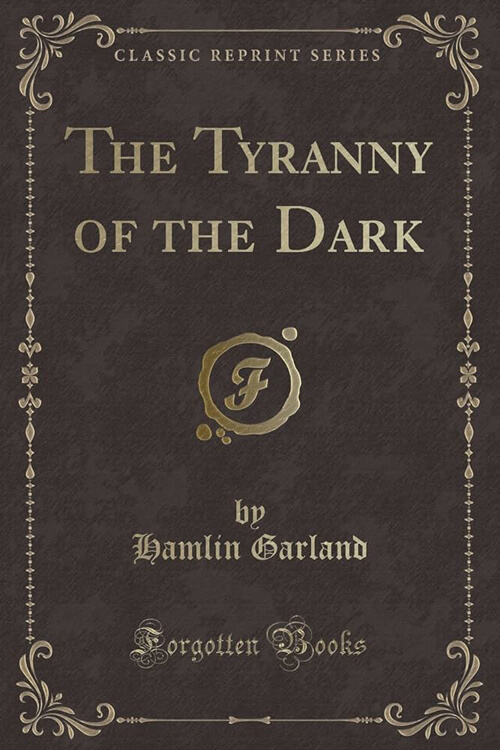
The Case of Lester Coltman
A RECORD OF COMMUNICATION FROM THE OTHER SIDE. An obscure occult classic, “The Case of Lester Coltman”, documents personal messages received by automatic writing through the hand of Miss Lilian Walbrook, the aunt of the young officer concerned. The messages were received at the end of 1922, five years after he died in the First World War.
These messages were delivered in a manner that would preclude the suggestion of fraud. Per Lester, “For God’s sake, strike at these people, these dolts who will not believe. The world so needs this knowledge. If I had only known while on earth, it would have altered my life had I known what lay before me.”
Read or download Book
Lilian Walbrook - Withan introduction by Sir Arthur Conan Doyle.
Doyle was born on 22 May 1859 at 11 Picardy Place, Edinburgh, Scotland.
Biography.
His father, Charles Altamont Doyle, was born in England and is of Irish Catholic descent, and his mother, Mary (née Foley), was Irish Catholic. His parents married in 1855. In 1864, the family scattered because of Charles’s growing alcoholism, and the children were temporarily housed across Edinburgh. Arthur lodged with Mary Burton, a friend’s aunt, at Liberton Bank House on Gilmerton Road while studying at Newington Academy. 1867, the family reunited and lived in squalid tenement flats at 3 Sciennes Place.
Doyle’s father died in 1893 in the Crichton Royal, Dumfries, after many years of psychiatric illness. Beginning at an early age, Doyle wrote letters to his mother throughout his life, and many of them were preserved. Supported by wealthy uncles, Doyle was sent to England to the Jesuit preparatory school Hodder Place, Stonyhurst in Lancashire, at the age of nine (1868–70). He then went on to Stonyhurst College, which he attended until 1875. While Doyle was not unhappy at Stonyhurst, he said he had no fond memories of it because the school was run on medieval principles: the subjects covered were rudiments, rhetoric, Euclidean geometry, algebra, and the classics.
Doyle later commented that this academic system could only be excused “on the plea that any exercise, however stupid in itself, forms a sort of mental dumbbell by which one can improve one’s mind”. He also found the school harsh, noting that, instead of compassion and warmth, it favoured the threat of corporal punishment and ritual humiliation. From 1875 to 1876, he was educated at the Jesuit school Stella Matutina in Feldkirch, Austria. His family decided that he would spend a year there to perfect his German and broaden his academic horizons. He later rejected the Catholic faith and became an agnostic. One source attributed his drift from religion to his time in the less strict Austrian school. He also later became a spiritualist mystic.






